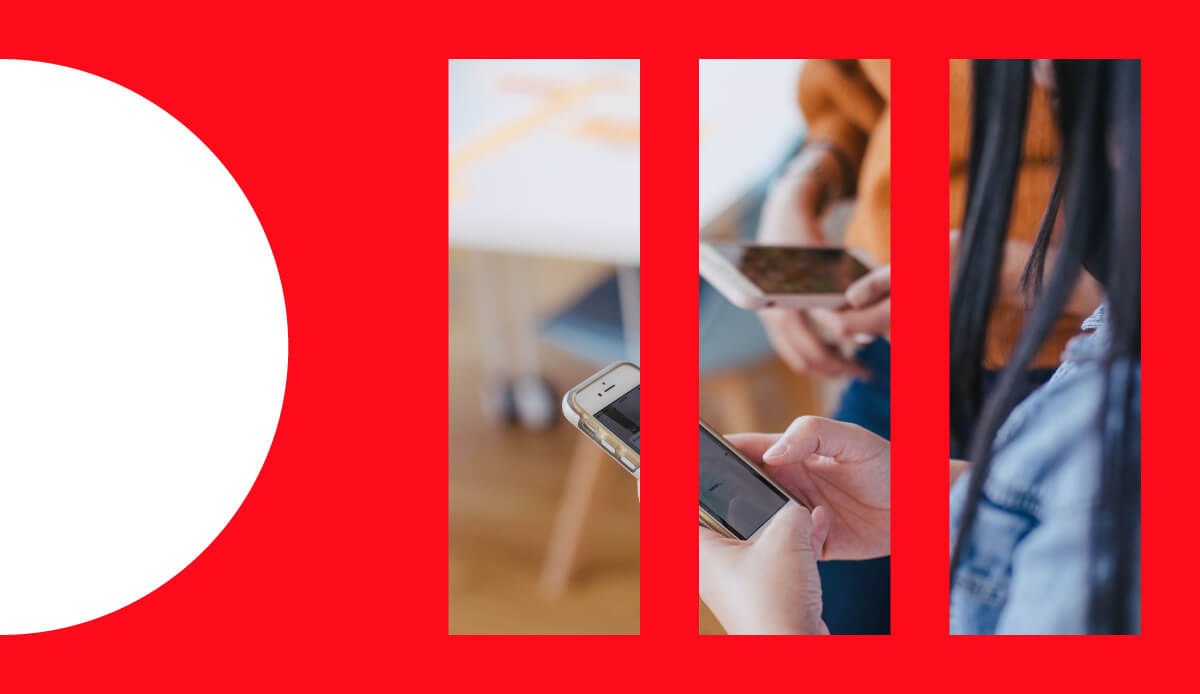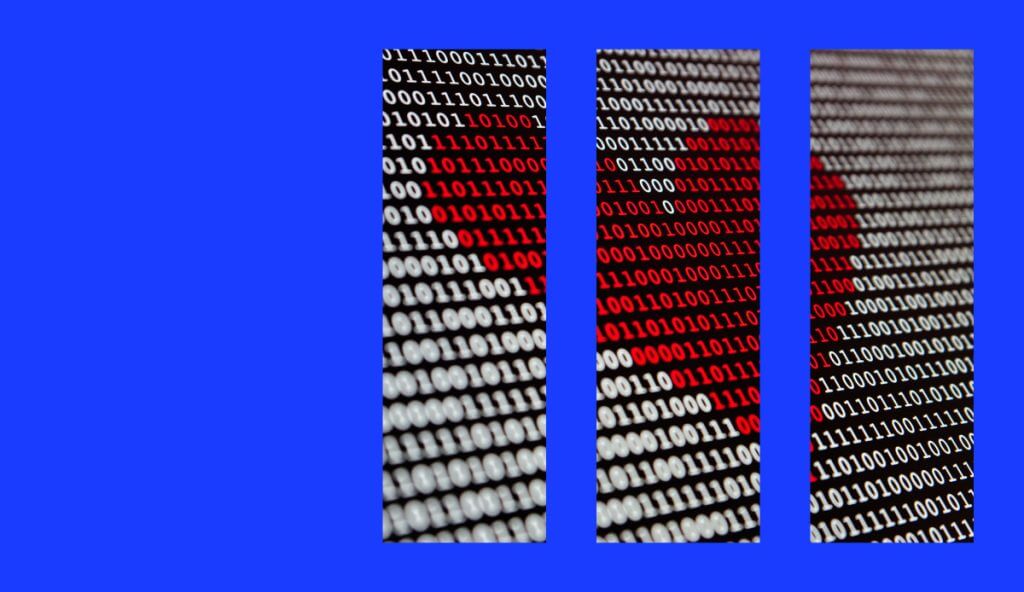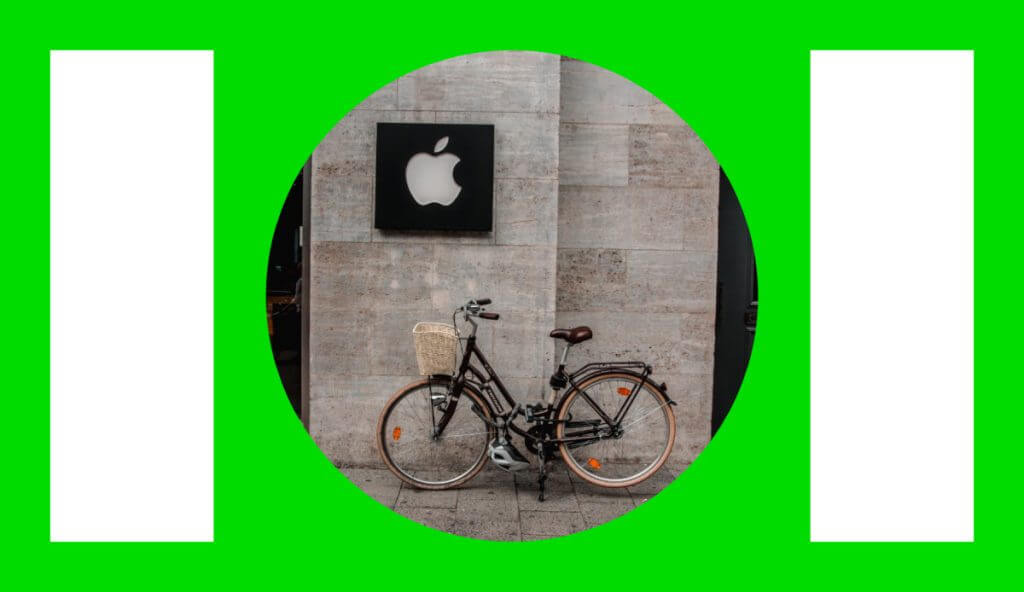
For as long as advertising has been around, creative fatigue has been there to disrupt performance. Great creative is a conversation starter for brands as it represents the first point of contact with their audiences. The frustration with creative comes in when an ad performs well for a limited amount of time before the performance invariably plummets. From OOH, to social, to podcast audio advertising, all channels are affected by this decline in engagement over time.
In the age of the lockdown, with total internet hits increasing between 50% and 70%, ad fatigue has become a real issue for brands as users are more frequently exposed to adverts. A great example of ad fatigue is that developed by users towards Covid-19 related content. According to a recent study conducted by GlobalWebIndex, ad fatigue for Covid-19 related topics has set in and 50% of people are ready to hear from brands about topics unrelated to the pandemic.
How much of an ad is too much?
SPOT IT
The most telling sign of creative fatigue is a decline in click-through rate (CTR), a common metric used to measure the level of engagement a creative achieves by looking at the ratio of clicks to impressions. A sharp, consistent drop in a creative’s CTR (provided further down the funnel metrics stay consistent which rules out any external effect), is a key signifier that people are no longer paying attention to the advertisement. To effectively test creative for fatigue, it is important for marketers to track the click through rate in frequent intervals from launch, rather than looking at aggregated data over longer periods of time. This gives faster and more accurate spotting of the beginning of a creative’s expiration.
CURE IT
Our attention has always been limited, valuable, and scarce. At the same time, our economy has become more dependent on our attention with an overwhelming amount of information available. The phrase “attention economy” refers to the often-overlooked challenge that brands have with consumers’ attention span – this is prevalent on mobile devices where consumers have a lower tolerance for advertisements, and presents a further challenge when we factor in the consumer’s power to skip ads.
To cure ad fatigue, marketers can use different tricks such as ad rotation, rewording, changing visuals, using various call-to-action and choosing different ad formats. Using video ads also proved to be more effective as 72% of users prefer video over static messaging to deliver branded marketing information.
ACTIVELY ENGAGE USERS
An innovate approach to tackle ad fatigue is to encourage active engagement from the audience, and playable advertisements do just that. Having only banner or interstitial static advertisements in your arsenal will only require passive engagement from the consumer. Playable ads, on the other hand, require an active action of some sort, be it demoing a game, or engaging with a branded experience. Looking at it from the consumer’s point of view, the interactive nature of playable ads, when done right, provides a much more enjoyable experience than a pop-up banner for example. There is a collaborative element to these interactive ads: in return for the consumer’s time, the brand will provide interactive content that will add to their day, rather than just interrupt it.
All too often, in the world of performance marketing, the art of good creative gets lost in the mix of targeting and optimising techniques. To understand the tipping point of an ad, it is fundamental for marketers to track key metrics in real time and react faster than more traditional forms of advertising. Including both static and more interactive ads allows marketers to delay ad fatigue and increase the attention span of users which is why brands should take advantage of the current heightened tech usage as an opportunity to experiment with new forms of creative.
Discover how we can help your business delay ad fatigue.


